Being a modern day soy candle maker I was curious as to how tallow candles had been made.
I searched the web and found some basic instructions. If you decide you are going to try to make your own candles I would recommend doing your own research first to completely understand the process and the possible risks that go with it- and I have heard that actual burning tallow candles are actually not always pleasant smelling.
The basic instructions are as follows:
Using beef suet cut the suet up into small chunks and place in a large pot filled with enough water to cover the suet. Add 1 tbsp. of salt per pound of suet. Boil this until only the fat remains- this has to be strained to remove any bits of meat that has come out of the suet. The strained liquid is the fat you use to make the actual candles with.
Dip the wick material- they used cotton twine- to thoroughly saturate the wick. After that the dipping process needs to be much faster and the tallow must be kept on low warm ot the fat will be too hot to stick to the wick material. After each dip into the tallow you must dip into a cold water bath to start hardening and forming the candle. This being said you must keep drying off the candle to prevent water from becoming trapped inside the candle as the water will cause the candle to sputter when burning. The result is an uneven shaped nubby candle being wider at the bottom.
I think I were actually ever to try candle dipping I would use beeswax like the more affluent colonists did to avoid the smell.
The article also stated that this is a very messy process that will likely get melted suet all over your kitchen so I would be armed with plenty of newspapers!
Welcome To Pilgrims and Pioneers!
After many years of researching my family geneaology I have been lucky enough to discover actual information about my relatives that lived in the Pilgrim Era and the Pioneer Era- while many people also have realtives from those eras- many do not know their names or where they lived- actually seeing the proof in print makes you much more aware of who they really were.
After discovering these relatives it of course made me curious to learn more about the eras that they lived in and what their lives were like as, the history I learned in grade school had long since been forgotten.
I decided to start this blog for others who are also interested in these eras.
Some of the information here will be actual facts about my realtives and some will be information about the eras in general that I have found on the web.
I hope you will enjoy traveling back in time with me!
After discovering these relatives it of course made me curious to learn more about the eras that they lived in and what their lives were like as, the history I learned in grade school had long since been forgotten.
I decided to start this blog for others who are also interested in these eras.
Some of the information here will be actual facts about my realtives and some will be information about the eras in general that I have found on the web.
I hope you will enjoy traveling back in time with me!
Monday, February 25, 2008
Subscribe to:
Post Comments (Atom)
Prairie Wild Morning Glory

Prairie Phlox

Prairie Sundrops

The Famous Rock!
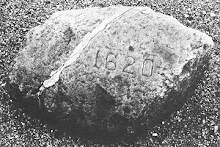
Plymouth Rock dated 1620
Plimoth Plantation
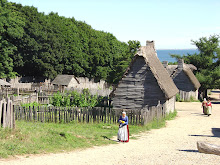
The Village
Plimoth Plantation

A Keeping Room






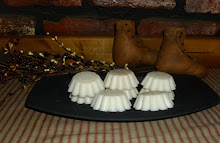


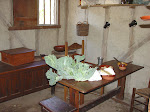
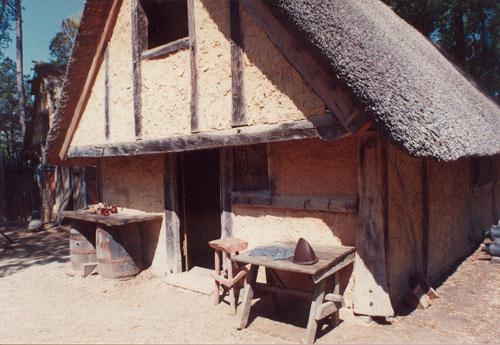
No comments:
Post a Comment